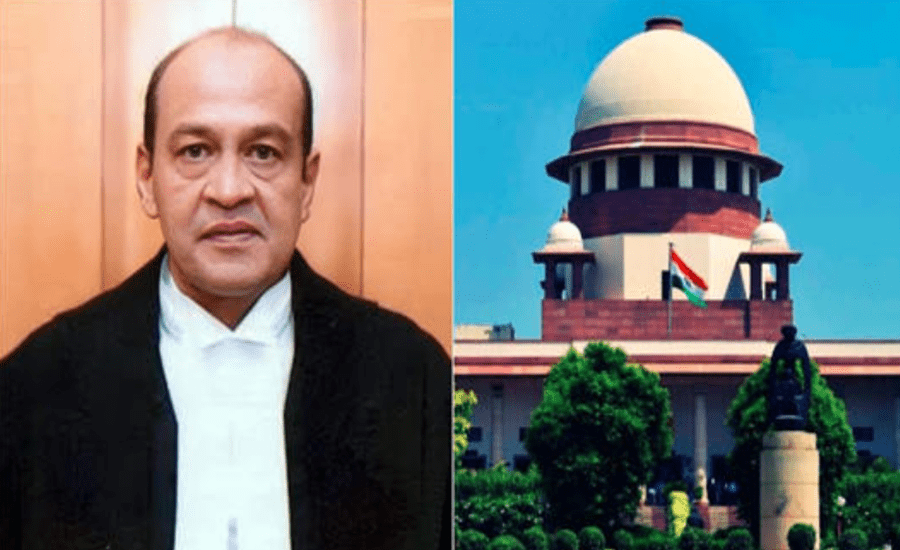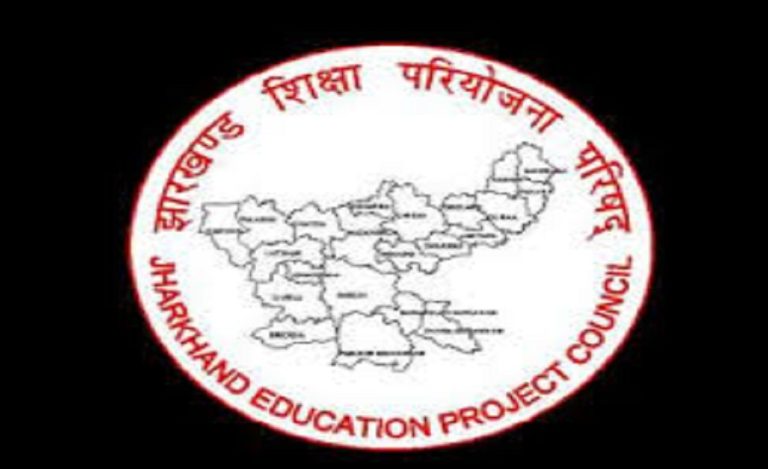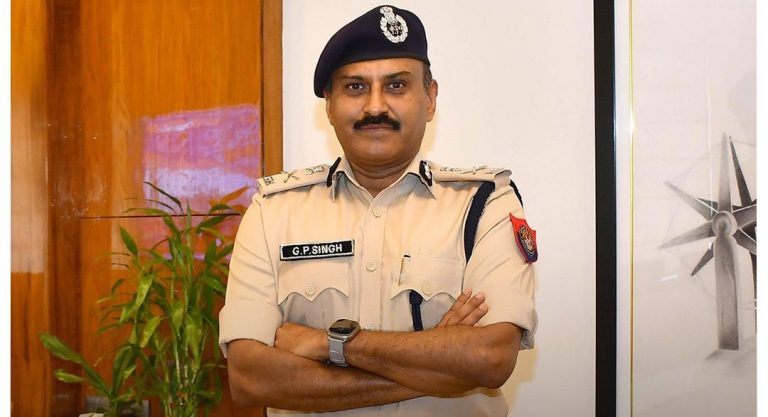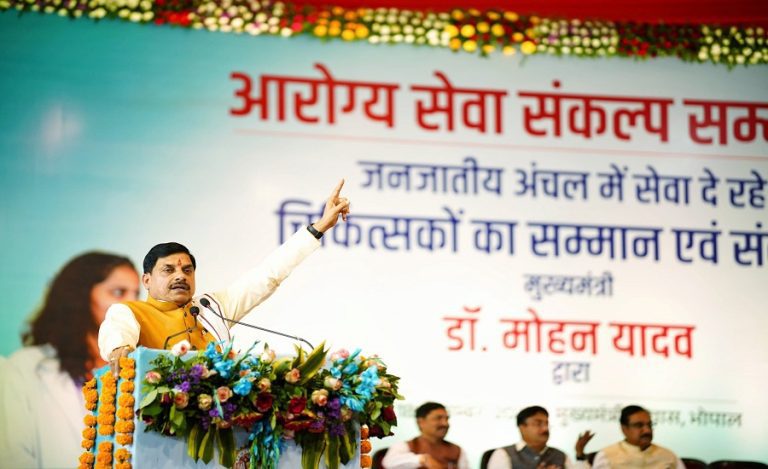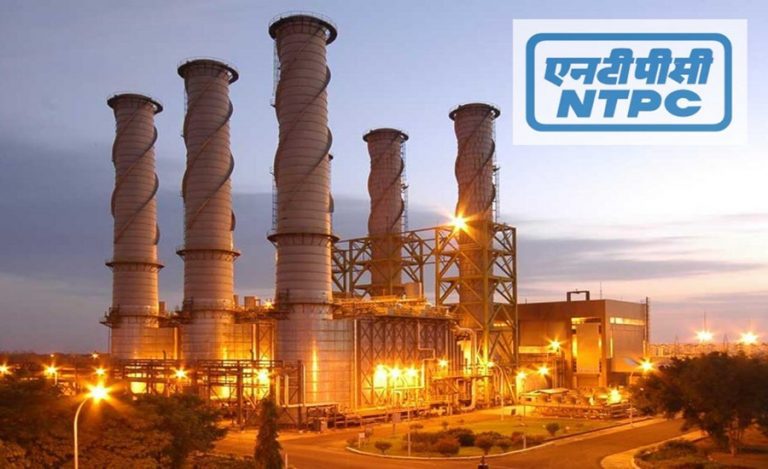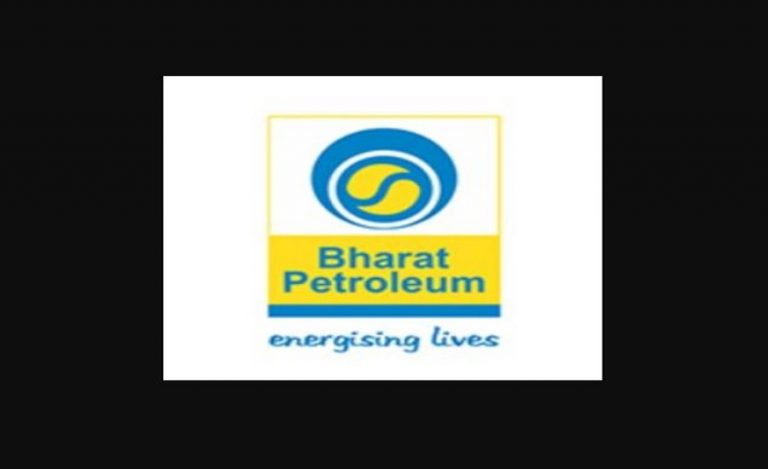New Delhi: The Supreme Court of India will soon constitute a bench to hear a petition filed by Justice Yashwant Verma, a sitting judge of the Allahabad High Court, who is facing serious allegations of misconduct following the discovery of large amounts of burnt cash at his Delhi residence earlier this year.
Justice Verma has challenged the findings of an internal judicial committee that had declared him guilty of misconduct, and has also sought to nullify the recommendation made by then Chief Justice of India Justice Sanjiv Khanna to initiate removal proceedings.
Petition Challenges Committee Report and CJI’s Recommendation
In his petition, Justice Verma has demanded the cancellation of–
- The internal investigation committee’s final report dated May 3, 2025
- The recommendation made by the then CJI Justice Khanna on May 8, which proposed the initiation of impeachment proceedings
Justice Verma argues that the internal probe was conducted with prejudice, and that the committee unfairly placed the burden of proof on him. He also claimed he was not granted full opportunity to present his side and that the investigation violated constitutional norms for action against sitting judges.
CJI Gavai Recuses, Bench Formation Underway
On Wednesday, Chief Justice of India B.R. Gavai stated in open court that he would not be part of the bench that hears the case due to his own involvement in earlier stages of the process. However, he assured that an appropriate bench would be constituted shortly.
Senior advocate Kapil Sibal, appearing on behalf of Justice Verma, urged the bench – comprising CJI Gavai, Justice K. Vinod Chandran, and Justice Joymalya Bagchi – for an early hearing. He emphasized that the case involves important constitutional questions, prompting the court to agree to expedite the matter.
Senior lawyers Rakesh Dwivedi and Siddharth Luthra also appeared for Justice Verma.
Background: Fire Leads to Shocking Discovery
The controversy began when a fire broke out at Justice Verma’s government residence in Delhi at 11:35 PM on March 14 while he was still serving as a judge in the Delhi High Court. During the firefighting operation, authorities discovered a large cache of partially burnt currency notes in the storeroom of the residence.
Following this, then CJI Justice Sanjiv Khanna constituted a three-judge internal inquiry panel, headed by Justice Sheel Nagu, Chief Justice of the Punjab & Haryana High Court. The panel found that Justice Verma was guilty of serious misconduct, and concluded that he was unfit to continue in judicial office.
After Justice Verma refused to resign voluntarily, CJI Khanna forwarded the report to the President and the Prime Minister, recommending that impeachment proceedings be initiated.
Impeachment Process Underway in Parliament
While the Supreme Court prepares to hear Justice Verma’s plea, the impeachment process against him has already been initiated in Parliament. Members of both Houses have reportedly signed the motion to remove him, marking the early stages of what could be a rare constitutional action against a sitting High Court judge.
As per Article 124(4) and 217 of the Constitution, a High Court judge can only be removed by an impeachment motion passed by both Houses of Parliament with a special majority. The Supreme Court has clarified that it cannot intervene in this legislative process.
Justice Verma has currently been relieved of all judicial work pending the outcome of both the legal challenge and the parliamentary process.

